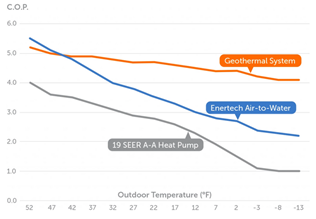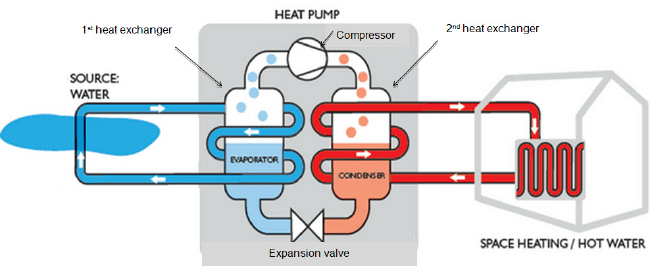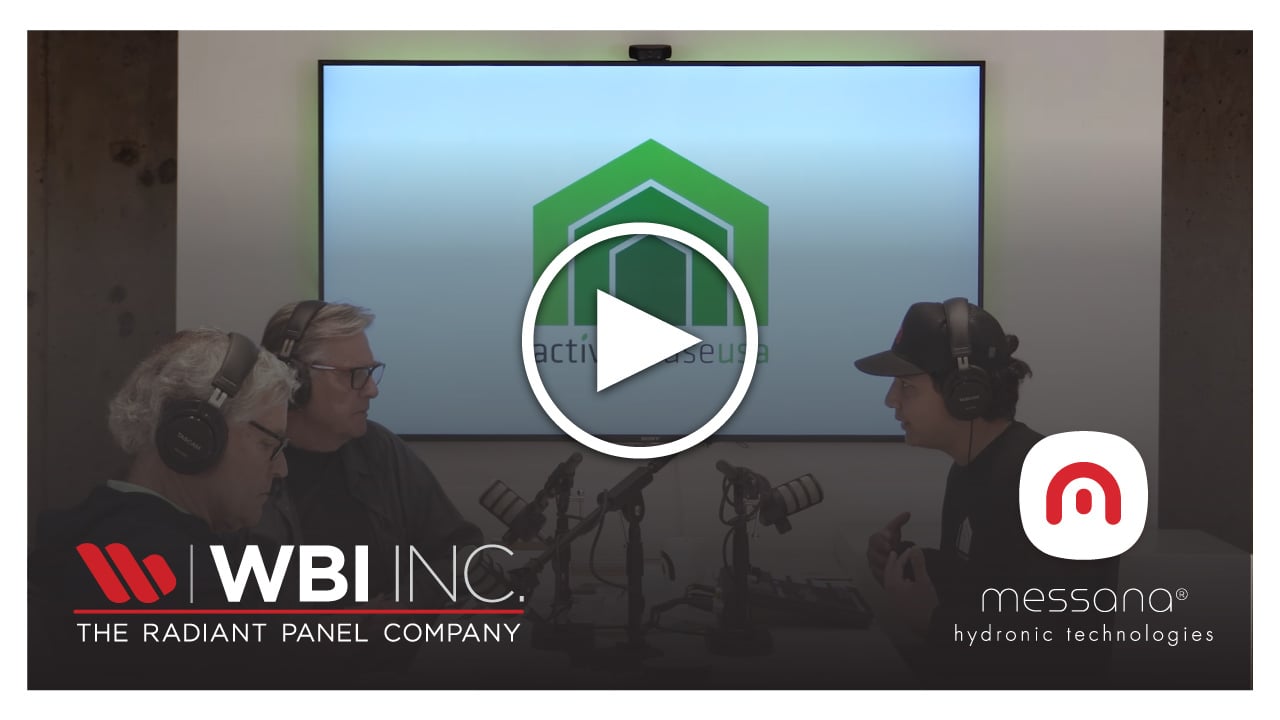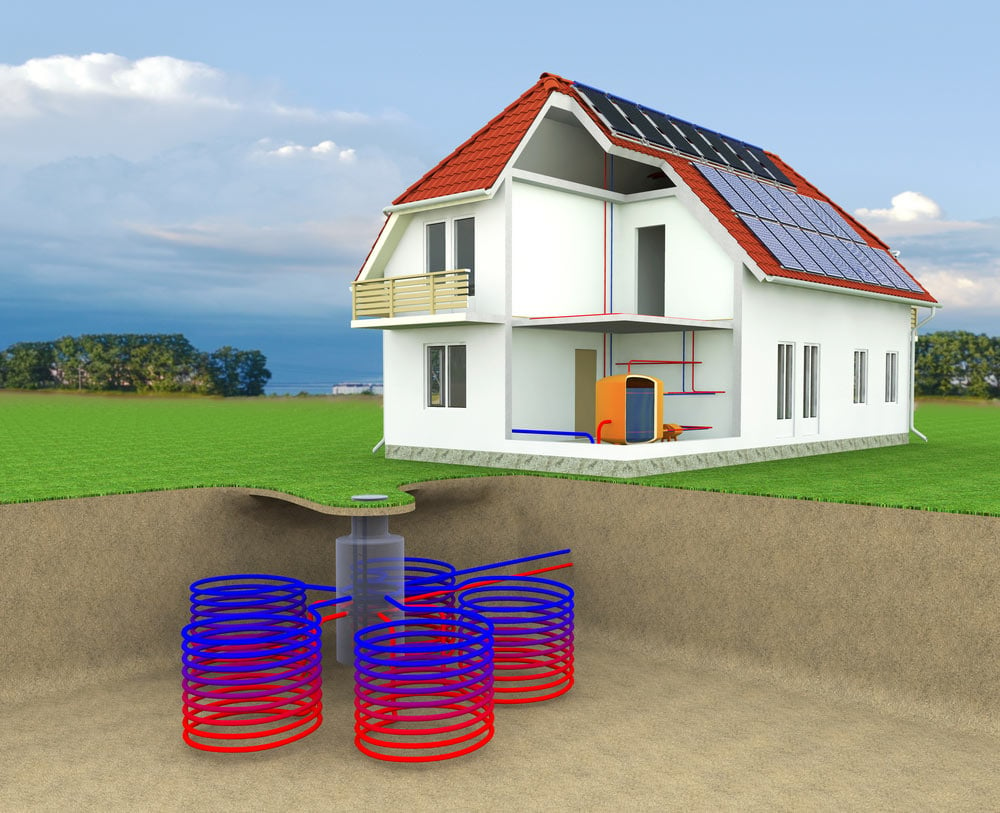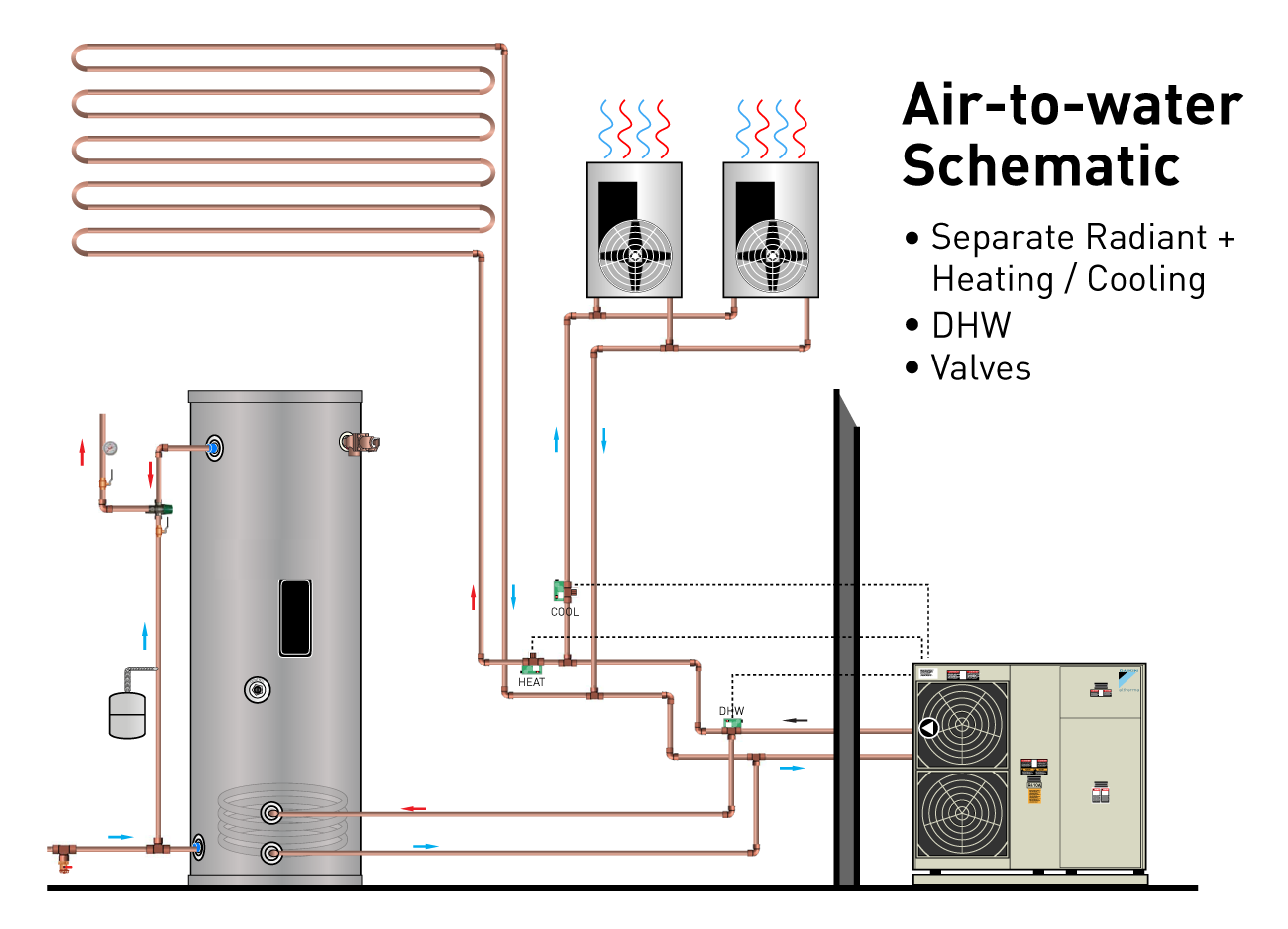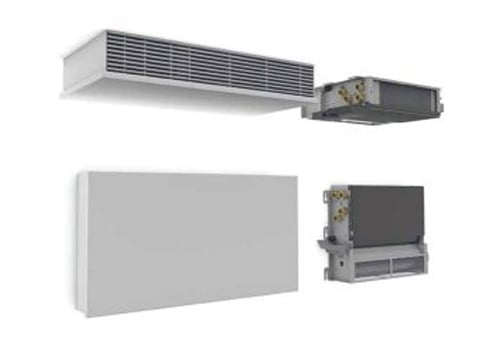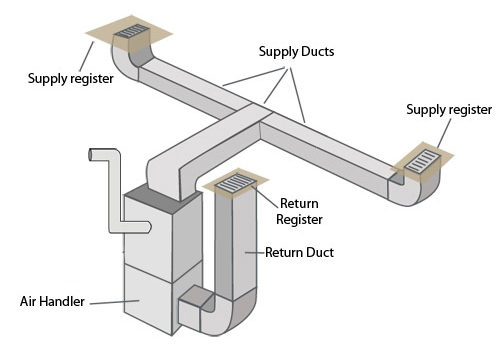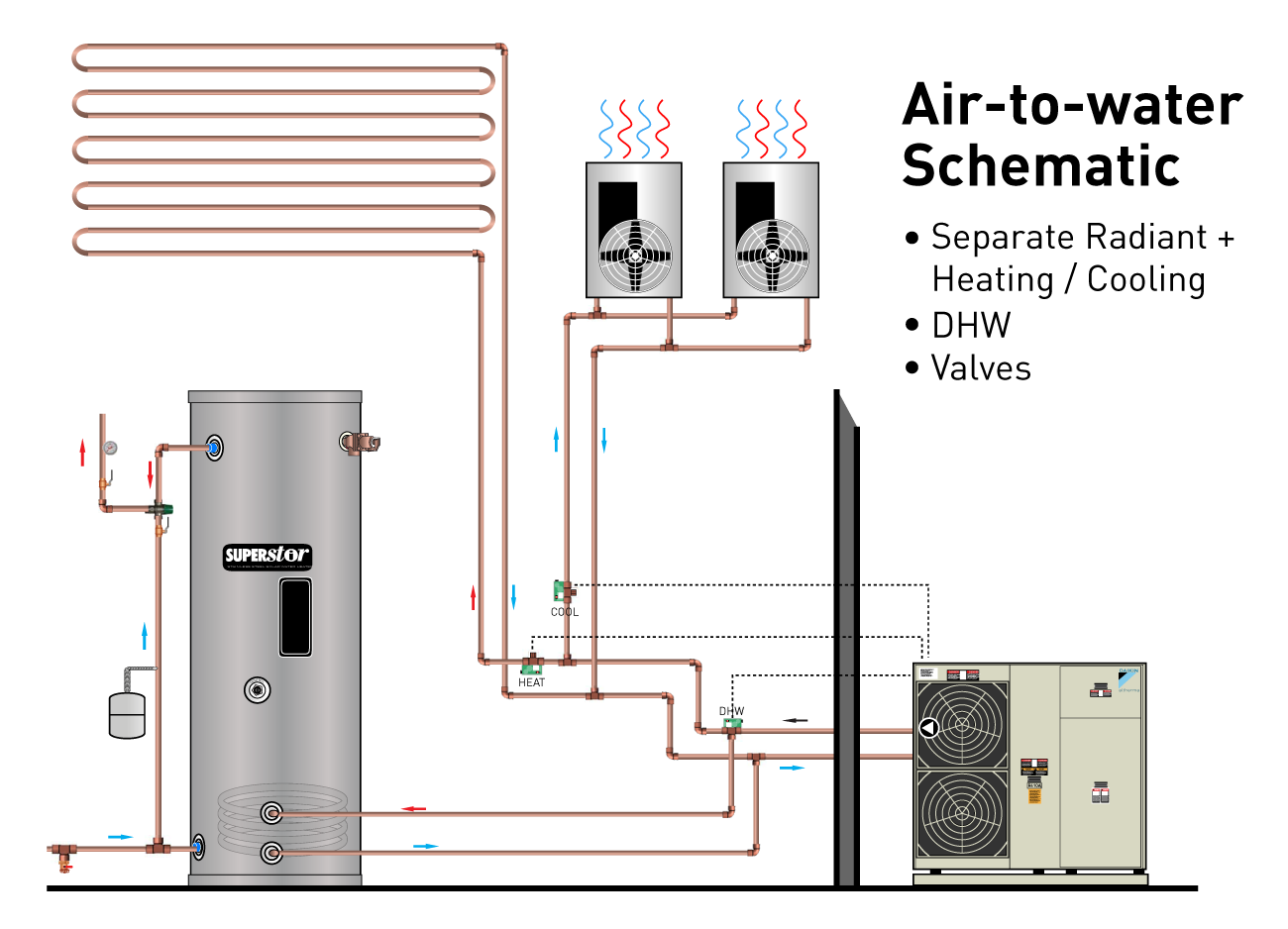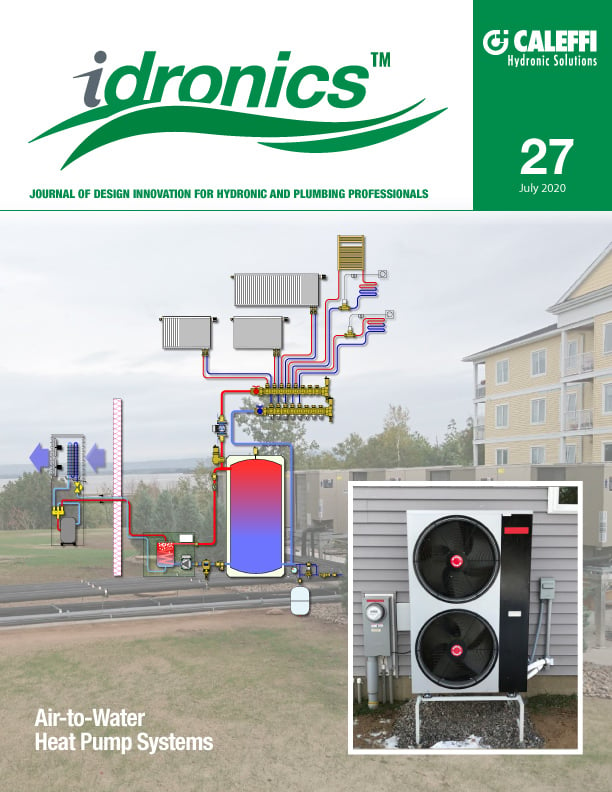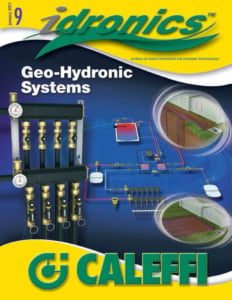Sizing of Air-to-Water & Geothermal Heat Pumps
Air-to-water and Geothermal heat pumps must be sized very carefully. They’re not like a gas fired boiler where the rated output is what you will get out of it. Heat pumps performance varies significantly according to either the outdoor air temperature for an air-to-water heat pump, or the ground loop temperature if using a geothermal heat pump.
Want to get a bit wonky?
Hydronic heat pumps, whether geothermal or air to water, publish rated performance in terms of COP (Coefficient of Performance) and capacity output for a given model at different outside temperatures for air-to-water heat pumps or ground loop water temperature for a geothermal system.
Performance Issues with Air-to-Water
Look at the chart below for an air to water 36,000 BTU rated heat pump. At the top, LWT is the water temperature the heat pump can generate at a given outdoor ambient temperature: Tamb. The 3 ton (36,000 BTU) high efficiency heat pump below generates approximately half the capacity and half the efficiency at an outdoor air temperature of 0-degree F compared to 45 degrees F.
The lower the outdoor air temperature (or ground loop water temperature), the lower the warm water supply temperature available to the system AND the heat pump heating capacity. But, conversely, the lower the temperature water required to heat the home, the higher the heat pump capacity and efficiency.


